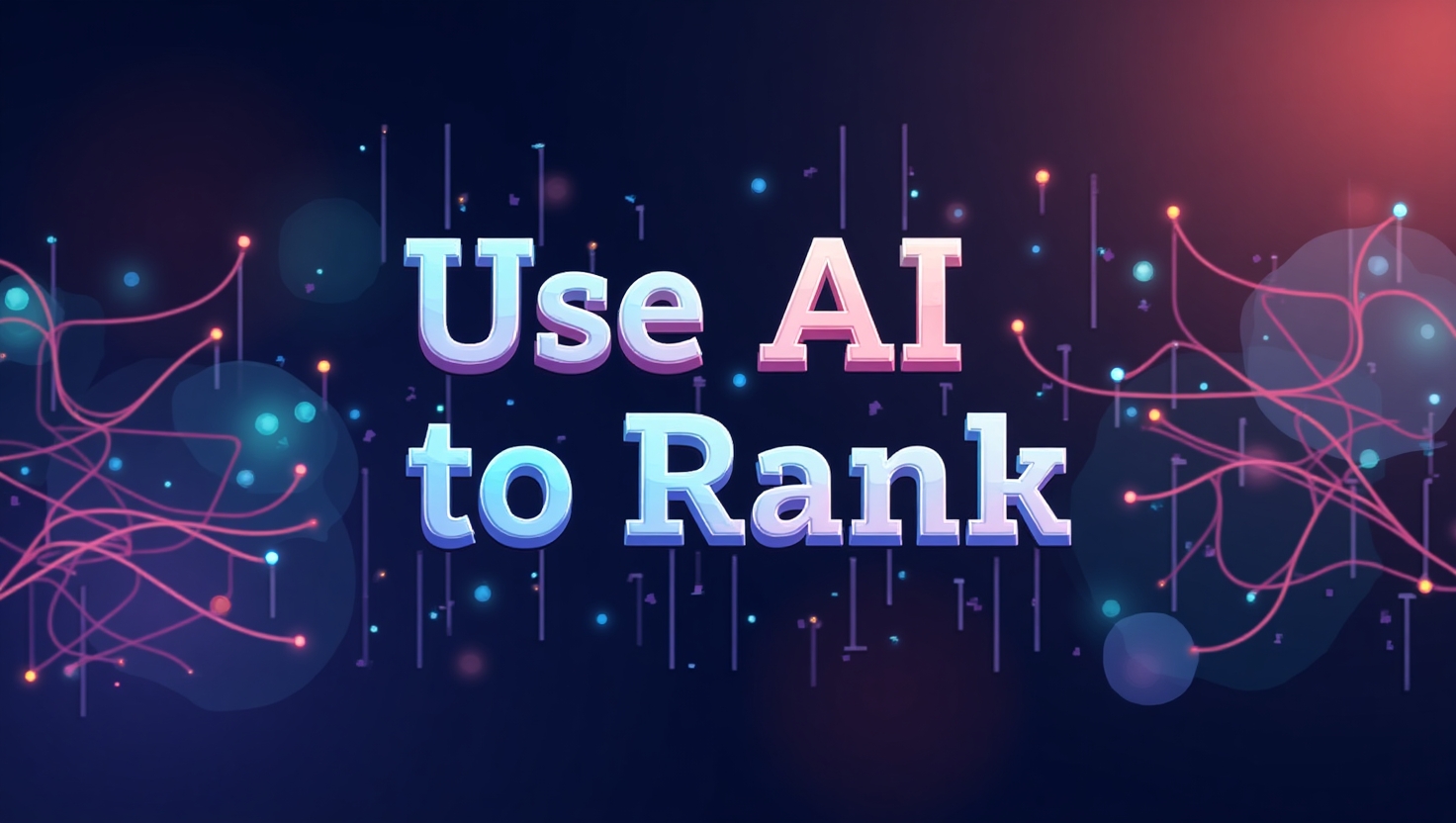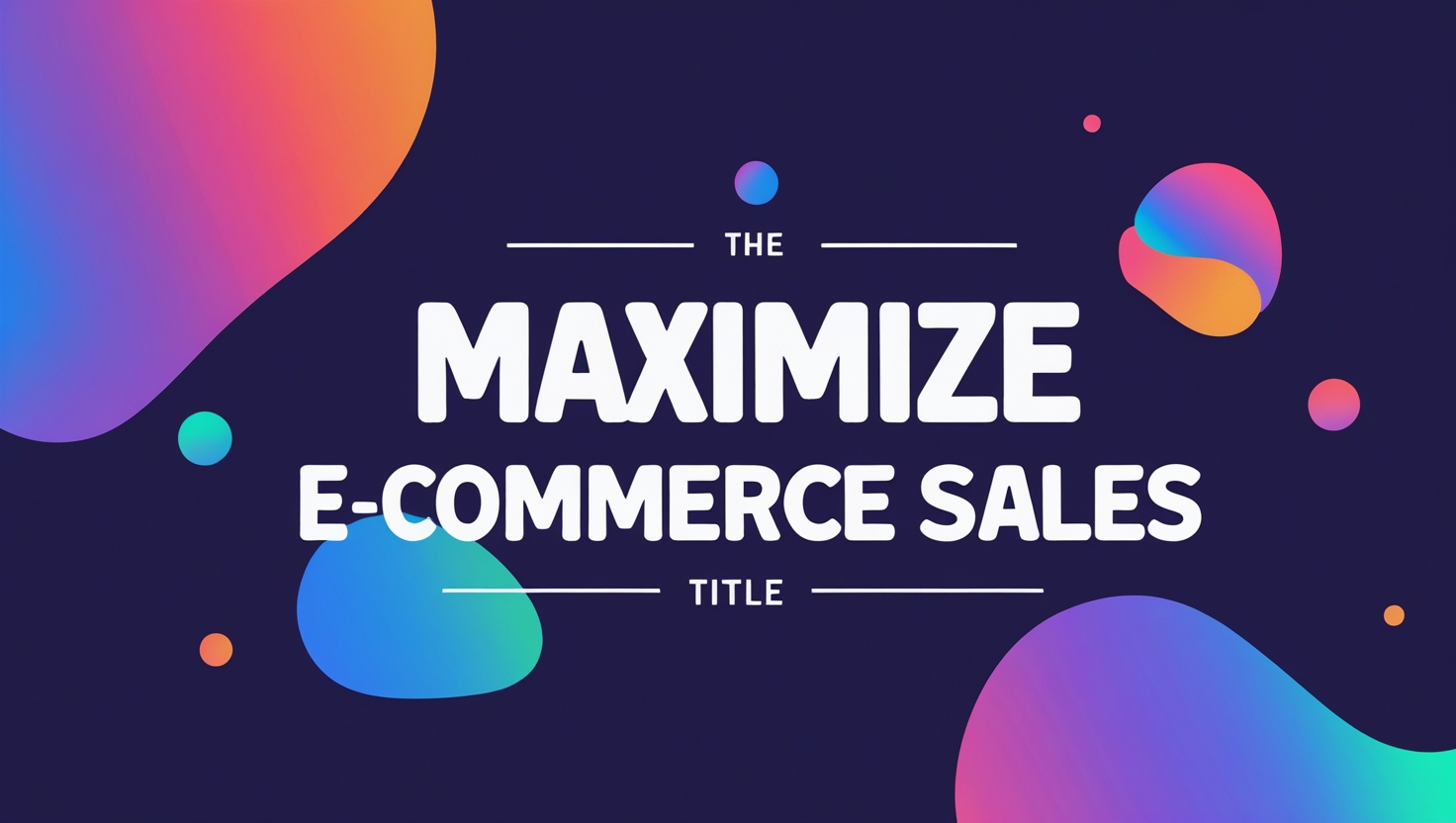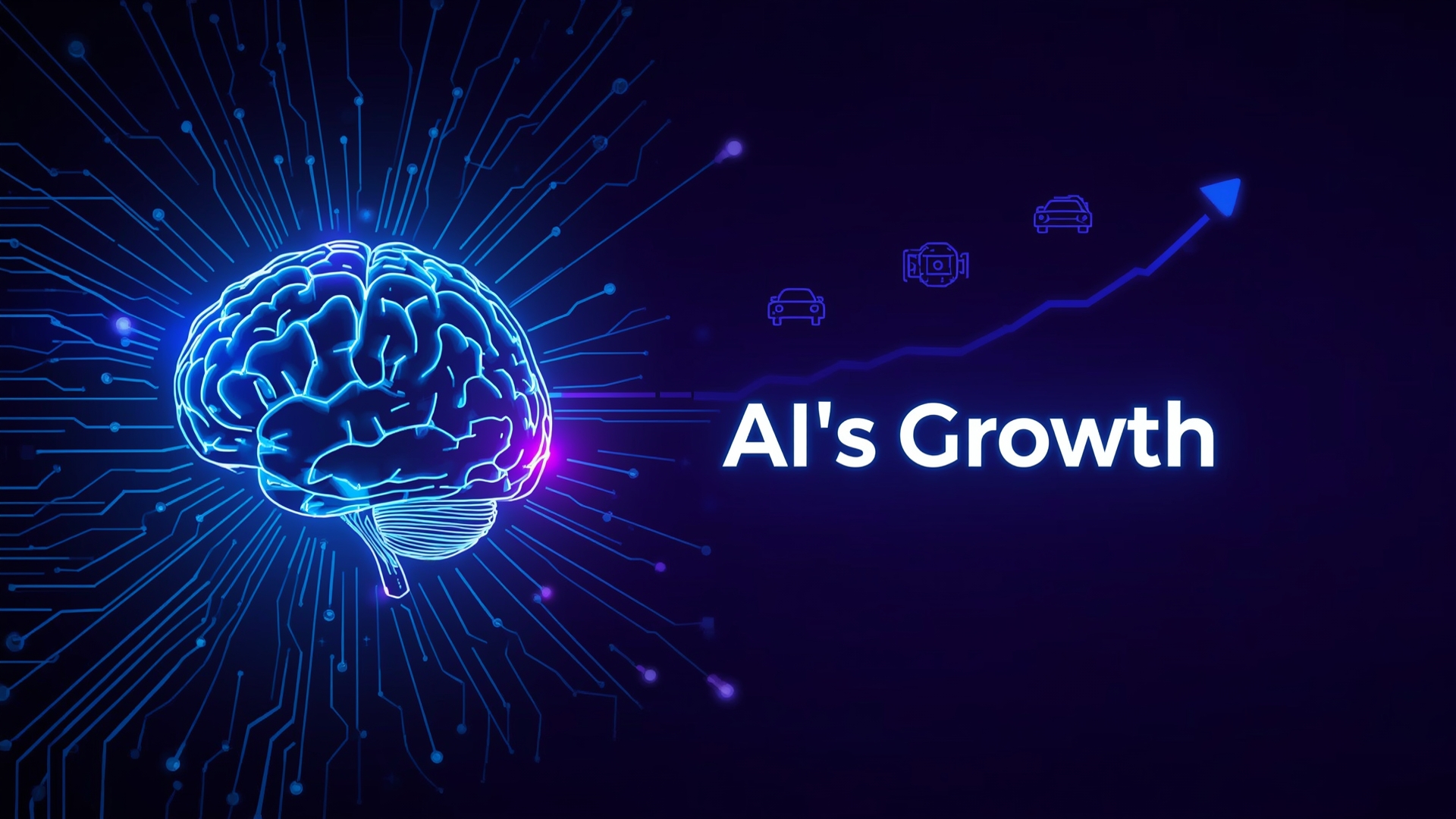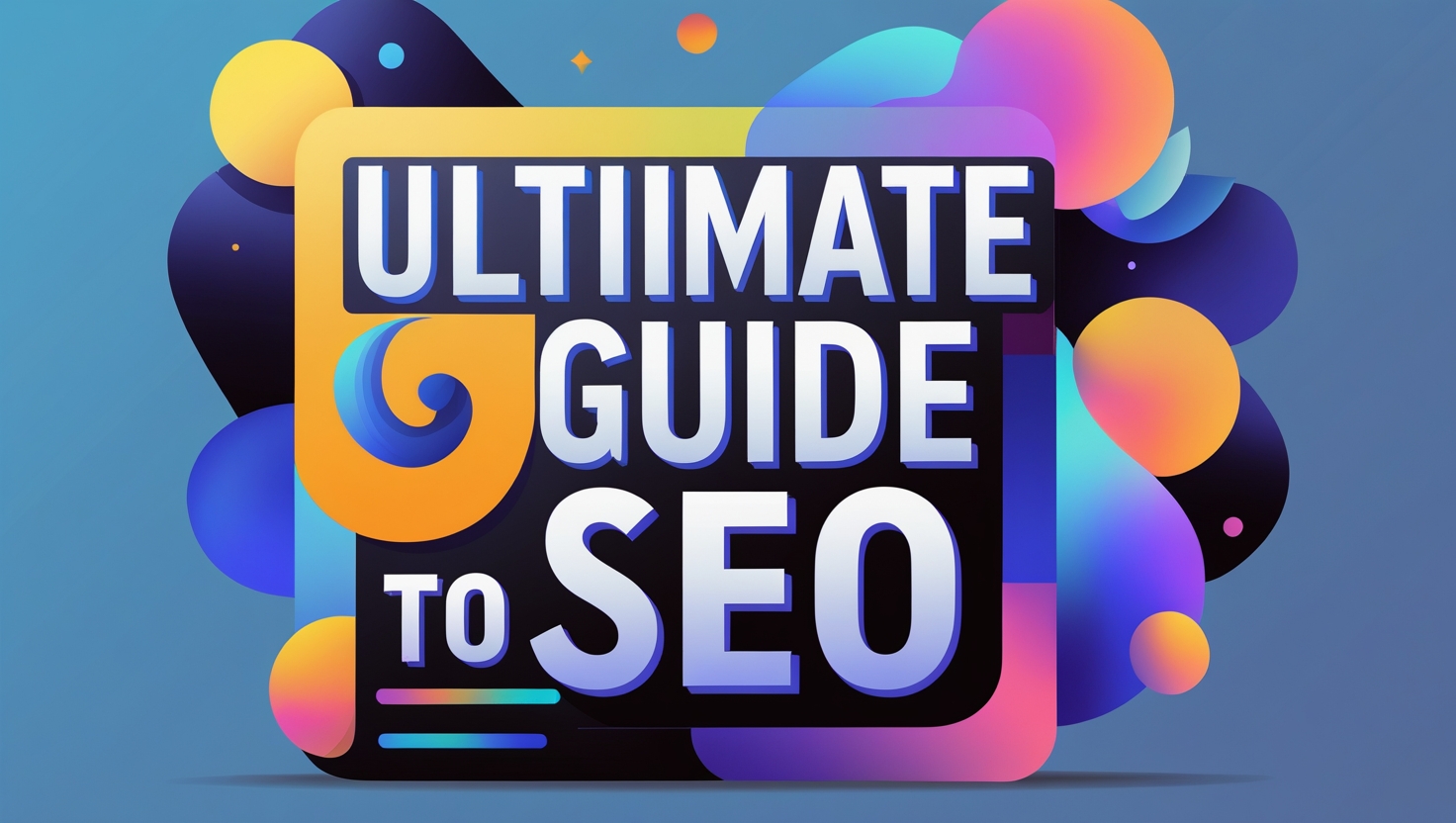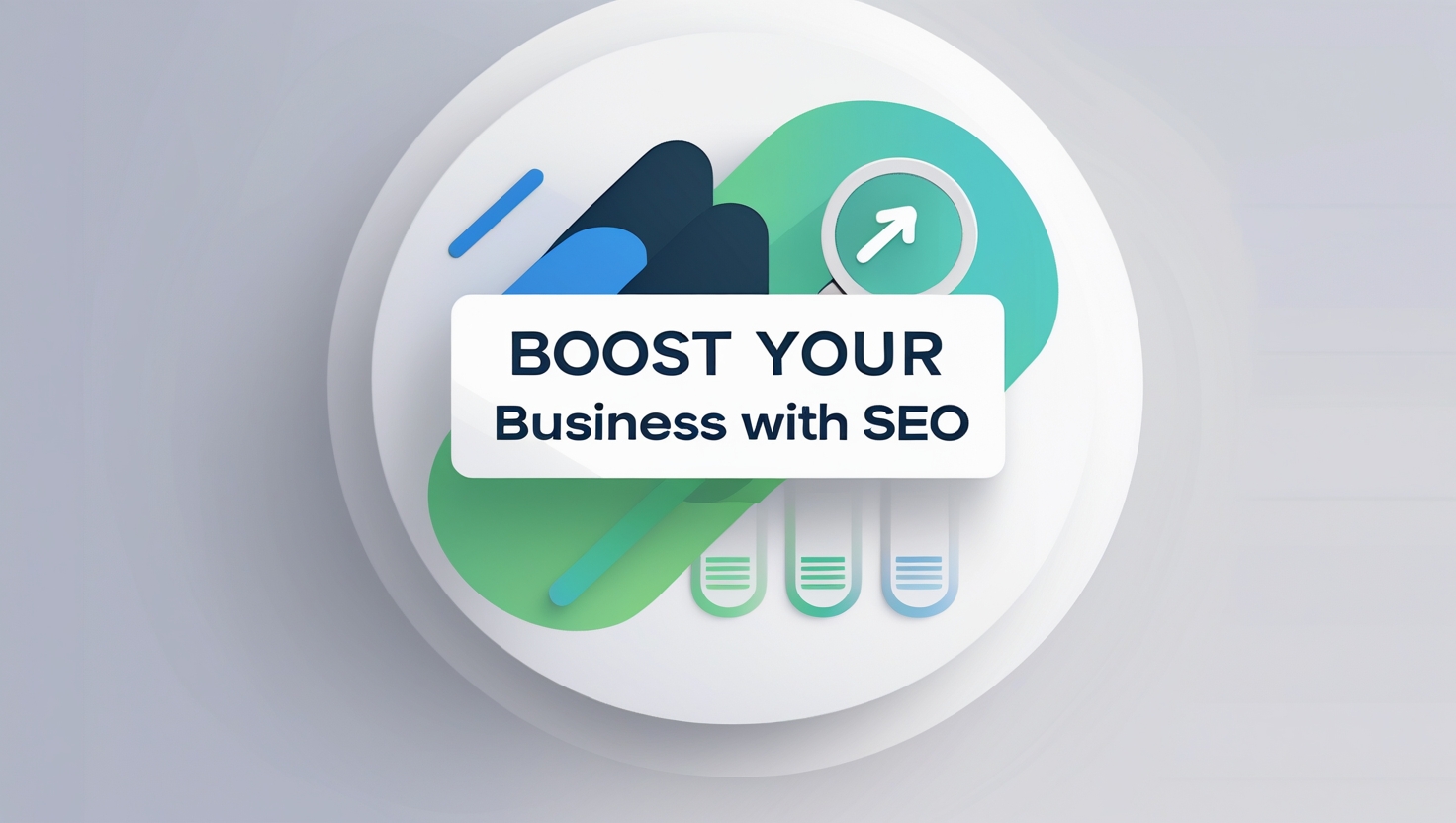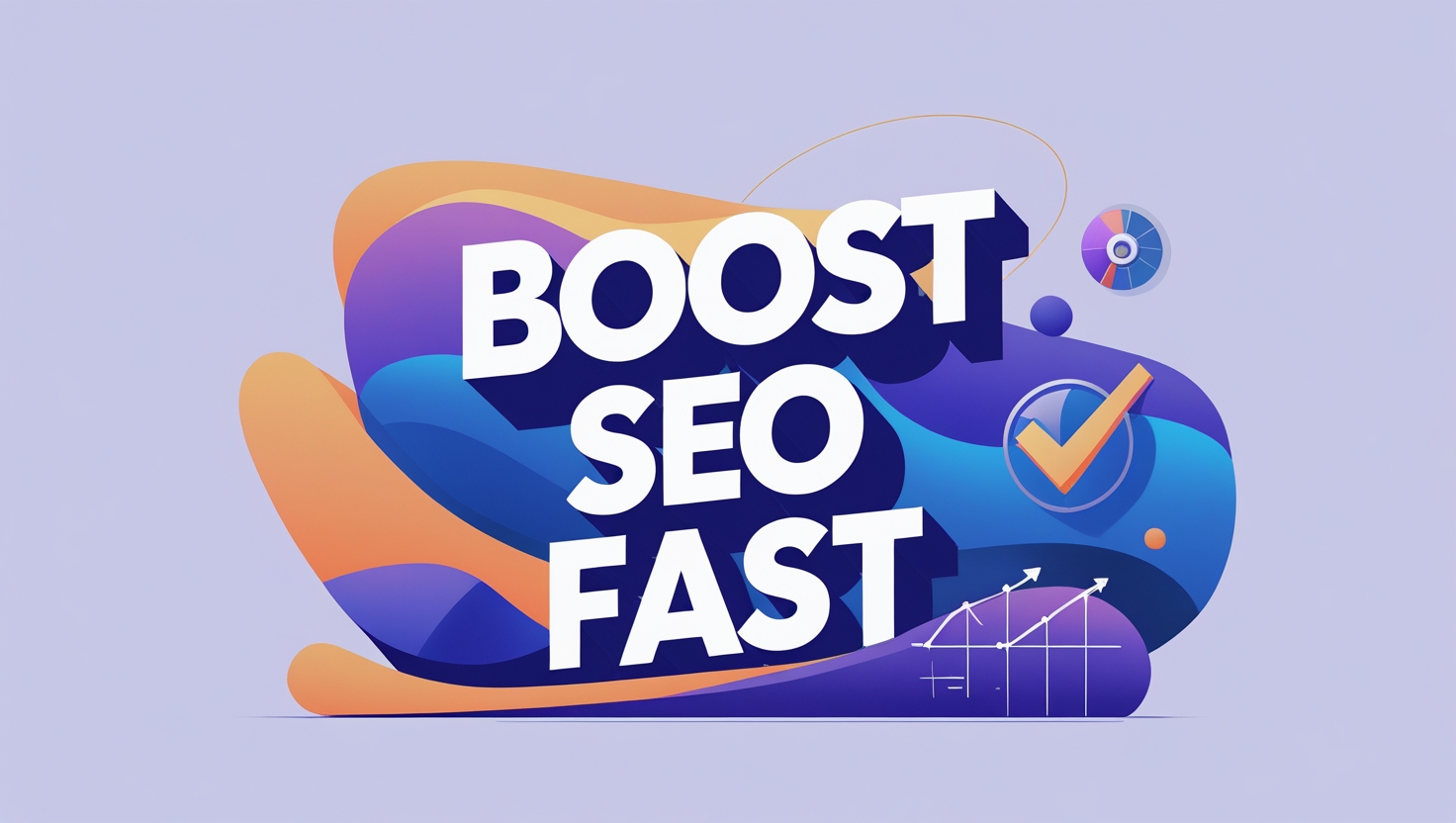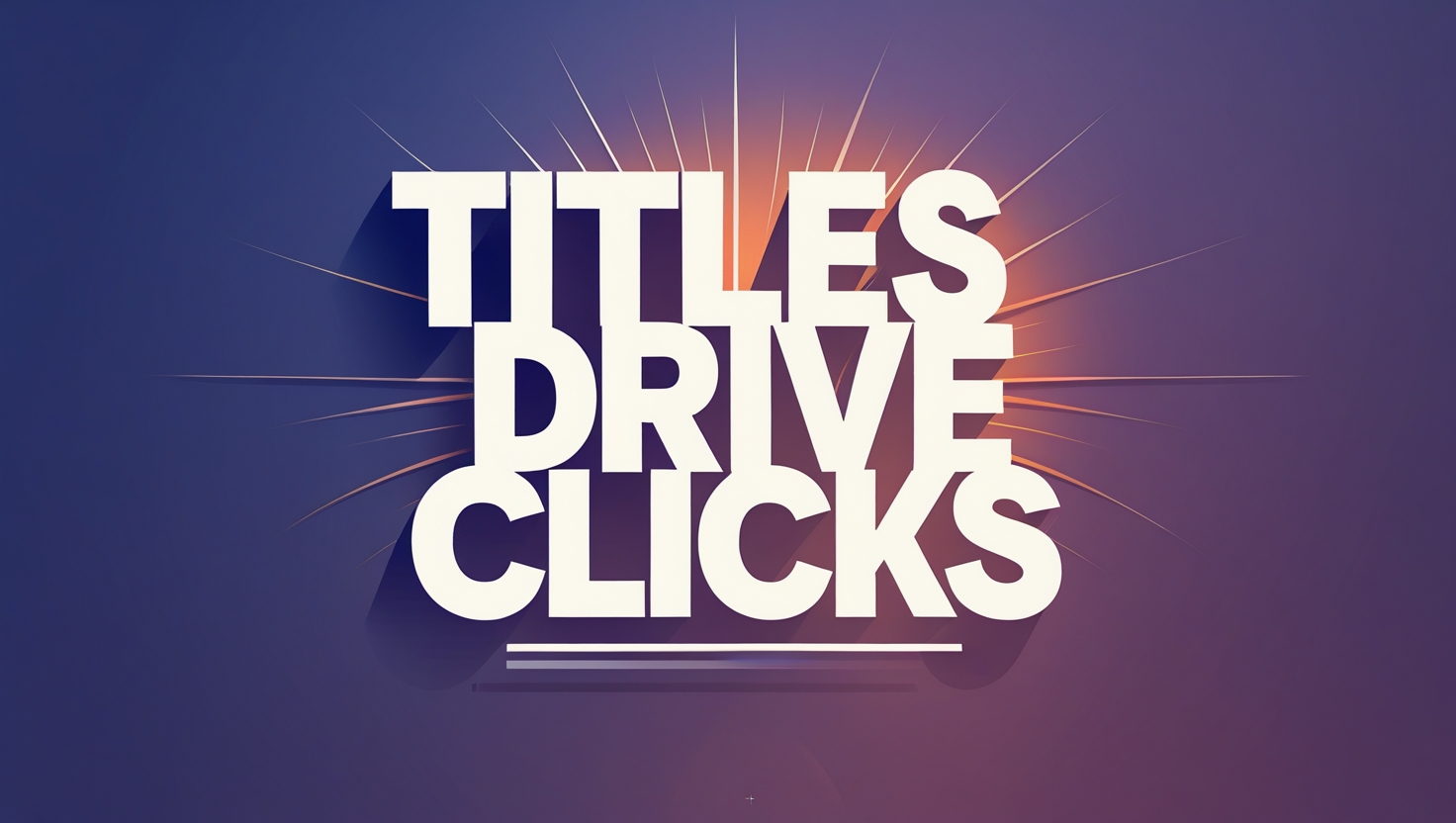16 | Jul
Clevpro
16 Jul, 2025
How to Use AI to Grow Your Business: Strategies & Tips for 2025

How to Use AI to Grow Your Business
Artificial Intelligence (AI) is transforming the business landscape, offering unprecedented opportunities for growth, efficiency, and innovation. From automating routine tasks to personalizing customer experiences, AI can help businesses of all sizes scale operations, optimize processes, and stay competitive. This blog provides a comprehensive guide on how to leverage AI to grow your business, organized into key areas with actionable insights.
Understanding AI’s Role in Business Growth
AI refers to technologies that enable machines to mimic human intelligence, including machine learning, natural language processing (NLP), computer vision, and more. For businesses, AI can analyze vast datasets, predict trends, and automate decision-making, leading to improved efficiency, cost savings, and enhanced customer satisfaction.
To use AI effectively, businesses must align its capabilities with their goals, whether it’s increasing revenue, streamlining operations, or improving customer engagement. Below, we explore the key ways AI can drive business growth, supported by practical examples and strategies.
1. Enhancing Customer Experience with AI
Customers are at the heart of any business, and AI can significantly improve their experience by delivering personalization, responsiveness, and efficiency.
Personalized Marketing
AI-powered tools analyze customer data (e.g., browsing history, purchase patterns) to create tailored marketing campaigns. This personalization increases engagement and conversion rates.
- Example: Netflix uses AI to recommend shows based on user preferences, driving higher viewer retention.
- Actionable Tip: Implement AI-driven tools like HubSpot or Salesforce Marketing Cloud to segment audiences and deliver personalized emails or ads.
AI-Powered Chatbots
Chatbots powered by NLP can handle customer inquiries 24/7, providing instant responses and freeing up human agents for complex tasks.
- Example: Sephora’s chatbot offers product recommendations and makeup tutorials, enhancing the shopping experience.
- Actionable Tip: Use platforms like Dialogflow or Intercom to deploy chatbots for customer support or lead generation.
Predictive Customer Insights
AI can predict customer behavior by analyzing historical data, helping businesses anticipate needs and reduce churn.
- Example: Amazon’s recommendation engine suggests products based on predictive algorithms, boosting sales.
- Actionable Tip: Leverage tools like Google Analytics 4 or Pega Systems to predict customer preferences and tailor offerings.
2. Streamlining Operations with AI Automation
AI can automate repetitive tasks, optimize workflows, and reduce operational costs, allowing businesses to focus on strategic growth.
Process Automation
AI-driven Robotic Process Automation (RPA) can handle tasks like data entry, invoice processing, or inventory management.
- Example: Walmart uses AI to automate inventory tracking, reducing stockouts and overstocking.
- Actionable Tip: Adopt RPA tools like UiPath or Automation Anywhere to automate routine back-office tasks.
Supply Chain Optimization
AI analyzes supply chain data to predict demand, optimize logistics, and reduce costs.
- Example: DHL uses AI to optimize delivery routes, saving fuel and time.
- Actionable Tip: Integrate AI tools like IBM Watson Supply Chain or Blue Yonder to streamline logistics and inventory management.
Financial Forecasting
AI models can analyze financial data to forecast revenue, manage budgets, and detect fraud.
- Example: PayPal uses AI to detect fraudulent transactions in real-time, saving millions annually.
- Actionable Tip: Use AI-powered financial tools like QuickBooks AI or Xero for accurate forecasting and fraud detection.
3. Driving Innovation with AI-Powered Product Development
AI can accelerate product development by identifying market gaps, optimizing designs, and predicting consumer trends.
Market Research
AI tools analyze social media, customer reviews, and market trends to identify consumer needs and preferences.
- Example: Unilever uses AI to analyze social media sentiment, informing new product launches.
- Actionable Tip: Use platforms like Brandwatch or Sprinklr to gather AI-driven market insights.
Product Design Optimization
AI can simulate product performance, reducing prototyping costs and time-to-market.
- Example: Airbus uses AI to optimize aircraft designs, improving fuel efficiency.
- Actionable Tip: Explore tools like Autodesk’s generative design software for AI-driven product development.
Predictive Trend Analysis
AI identifies emerging trends, helping businesses stay ahead of competitors.
- Example: Spotify uses AI to analyze listening trends, curating playlists that align with user preferences.
- Actionable Tip: Use AI platforms like TrendHunter or CB Insights to spot industry trends early.
4. Optimizing Marketing and Sales with AI
AI can supercharge marketing and sales efforts by targeting the right audiences, optimizing campaigns, and closing deals faster.
Targeted Advertising
AI analyzes customer data to deliver ads to the most relevant audiences, maximizing ROI.
- Example: Coca-Cola uses AI to optimize ad placements, increasing campaign effectiveness.
- Actionable Tip: Use Google Ads’ AI-driven Smart Bidding or Meta’s Advantage+ campaigns for precise ad targeting.
Sales Forecasting
AI predicts sales trends, helping businesses allocate resources effectively.
- Example: Salesforce’s Einstein AI forecasts sales pipelines, improving accuracy.
- Actionable Tip: Implement CRM platforms with AI capabilities, like Salesforce or Zoho CRM, to predict sales outcomes.
Lead Scoring
AI ranks leads based on their likelihood to convert, enabling sales teams to focus on high-value prospects.
- Example: HubSpot’s AI-powered lead scoring helps prioritize leads, boosting conversion rates.
- Actionable Tip: Use AI-driven CRM tools to automate lead scoring and nurture high-potential leads.
5. Leveraging AI for Data-Driven Decision Making
AI’s ability to process vast amounts of data enables businesses to make informed decisions quickly.
Business Intelligence
AI-powered analytics platforms provide real-time insights into business performance.
- Example: Tableau’s AI-driven insights help companies visualize and act on data trends.
- Actionable Tip: Adopt BI tools like Tableau, Power BI, or Looker for AI-enhanced data analysis.
Risk Management
AI identifies risks by analyzing market conditions, customer behavior, and operational data.
- Example: JPMorgan Chase uses AI to assess credit risks, improving loan approval processes.
- Actionable Tip: Use AI tools like SAS or Riskified to manage financial and operational risks.
Competitive Analysis
AI monitors competitors’ activities, pricing, and strategies, helping businesses stay ahead.
- Example: Retailers like Target use AI to monitor competitors’ pricing in real-time.
- Actionable Tip: Use tools like Crayon or Kompyte for AI-driven competitive intelligence.
6. Scaling AI Adoption Strategically
To maximize AI’s impact, businesses must adopt it strategically, ensuring alignment with goals and capabilities.
Start Small and Scale
Begin with small AI projects, such as automating customer support or analyzing sales data, before scaling to larger initiatives.
- Actionable Tip: Pilot AI tools in one department, measure ROI, and expand based on results.
Invest in Employee Training
Train employees to use AI tools effectively, ensuring smooth adoption and minimizing resistance.
- Actionable Tip: Offer workshops or online courses (e.g., Coursera, Udemy) on AI tools relevant to your industry.
Partner with AI Experts
Collaborate with AI vendors or consultants to implement solutions tailored to your business.
- Actionable Tip: Explore xAI’s API services at https://x.ai/api for custom AI solutions.
Ensure Data Quality
AI’s effectiveness depends on high-quality data. Clean and organize your data to maximize AI performance.
- Actionable Tip: Use data cleansing tools like Talend or OpenRefine to prepare datasets for AI analysis.
Address Ethical Considerations
Use AI responsibly by ensuring transparency, fairness, and compliance with regulations like GDPR.
- Actionable Tip: Implement AI governance frameworks and regularly audit AI systems for bias.
7. Overcoming Challenges in AI Adoption
While AI offers immense potential, businesses may face challenges like high costs, skill gaps, or integration issues. Here’s how to address them:
Cost Management
AI implementation can be expensive. Start with cloud-based AI solutions to reduce upfront costs.
- Actionable Tip: Use affordable platforms like Google Cloud AI or AWS AI for cost-effective solutions.
Bridging Skill Gaps
Lack of AI expertise can hinder adoption. Hire data scientists or train existing staff.
- Actionable Tip: Partner with universities or hire freelancers from platforms like Upwork for AI talent.
Integration with Legacy Systems
AI tools may not integrate seamlessly with older systems. Use middleware or APIs to bridge gaps.
- Actionable Tip: Consult with IT experts to ensure compatibility before deploying AI tools.
8. Measuring AI’s Impact on Business Growth
To ensure AI delivers value, track key performance indicators (KPIs) such as:
- Customer Satisfaction: Measure Net Promoter Score (NPS) or customer retention rates.
- Operational Efficiency: Track time saved or cost reductions from automation.
- Revenue Growth: Monitor sales increases from AI-driven marketing or forecasting.
- Innovation Metrics: Evaluate time-to-market or new product success rates.
Use tools like Google Analytics, Tableau, or Salesforce to monitor these KPIs and adjust your AI strategy accordingly.
9. Future Trends in AI for Business Growth
AI is evolving rapidly, and staying ahead of trends can give businesses a competitive edge. Key trends include:
- Generative AI: Tools like text or image generators can create marketing content or product designs.
- AI-Driven Sustainability: AI can optimize energy use or reduce waste, appealing to eco-conscious consumers.
- Hyper-Personalization: Advanced AI will deliver even more tailored customer experiences.
- Actionable Tip: Stay updated on AI trends through platforms like Gartner or attend industry conferences.
Conclusion
AI is a powerful tool for business growth, offering opportunities to enhance customer experiences, streamline operations, drive innovation, and make data-driven decisions. By starting small, investing in training, and addressing challenges strategically, businesses can unlock AI’s full potential. Whether you’re a small startup or a large enterprise, integrating AI thoughtfully can propel your business to new heights.
For advanced AI solutions, consider exploring xAI’s API services at https://x.ai/api to build custom tools tailored to your needs. Start experimenting with AI today, and watch your business thrive in an increasingly competitive landscape.
